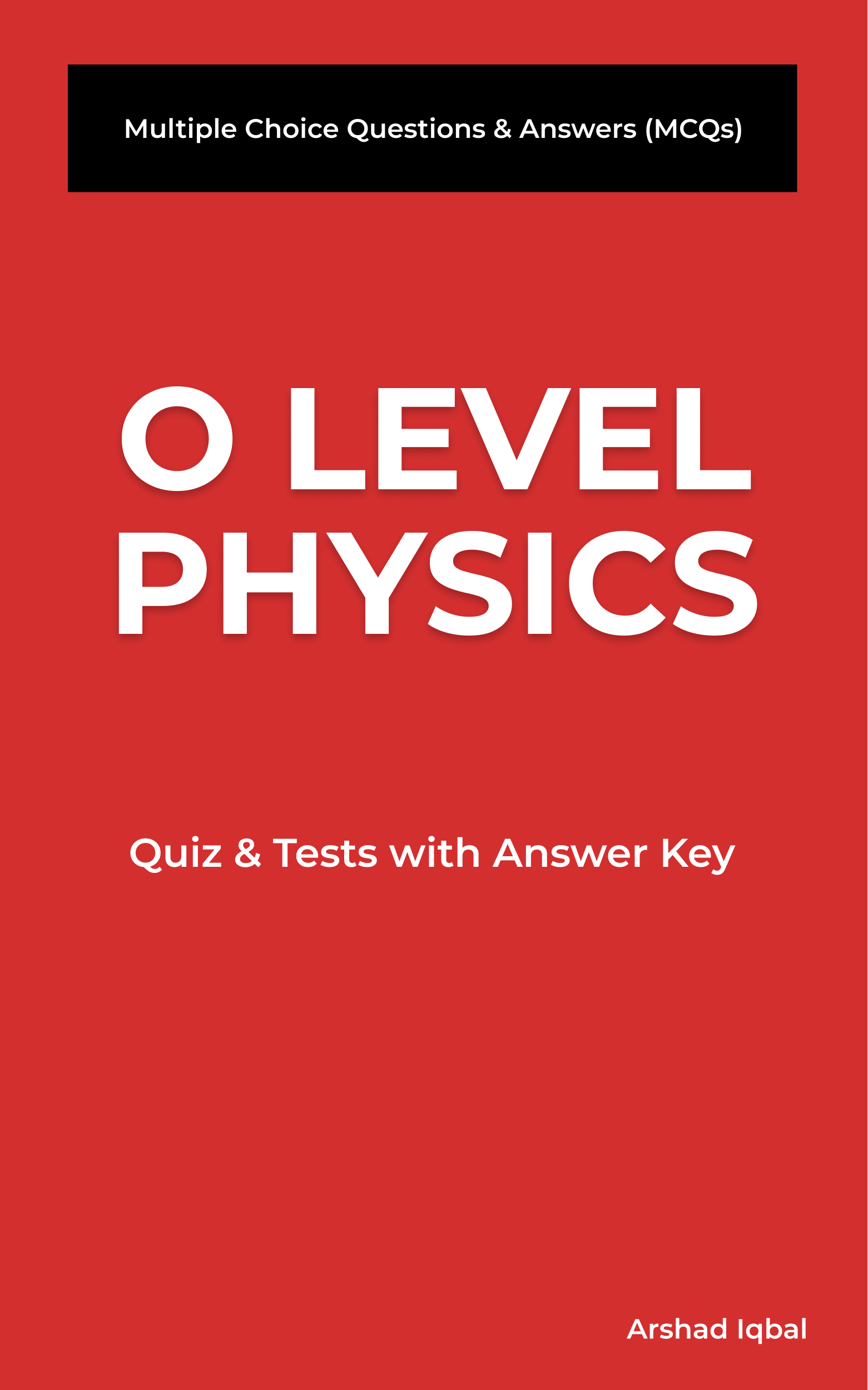IGCSE O Level Physics Practice Test 159
Total Internal Reflection Quiz Questions with Answers PDF Download - 159
The Total Internal Reflection Trivia Questions and Answers PDF (Total Internal Reflection Quiz Answers PDF e-Book) download Ch. 20-159 to study IGCSE O Level Physics Practice Tests. Learn Thermal Energy in Physics MCQ Questions PDF, Total Internal Reflection Multiple Choice Questions (MCQ Quiz) to learn online courses. The Total Internal Reflection Trivia App Download: Free IGCSE O Level Physics App to study total internal reflection, types of thermometers, latent heat, states of matter, forces and effects test prep for SAT prep classes.
The Quiz: Thermal energy always flows from "Total Internal Reflection" App (iOS, Android) with answers: a region of lower temperature to a region of higher temperature, a region of higher temperature to a region of lower temperature, a region of low concentration to high concentration, and a region of high concentration to low concentration for SAT prep classes. Study Thermal Energy in Physics Questions and Answers, Google e-Book to download free sample for online college courses.
Total Internal Reflection Quiz with Answers PDF Download: MCQs 159
Thermal energy always flows from
- a region of higher temperature to a region of lower temperature
- a region of lower temperature to a region of higher temperature
- a region of high concentration to low concentration
- a region of low concentration to high concentration
Feature of laboratory thermometer that makes it sensitive is
- The thin-walled glass bulb
- The small bulb containing a small amount of liquid
- The fine as well as uniform bore of the capillary tube
- The relatively small size of the thermometer
The amount of thermal energy required to change a solid to liquid state and vice versa without any change if temperature is termed as
- Latent Heat of Fusion
- Latent Heat of Vaporization
- Heat Capacity
- Specific Heat Capacity
In solid, particles are
- closely packed
- free to move
- irregularly packed
- far apart
Use of friction in breaking pads of cars is a
- positive effect of friction
- negative effect of friction
- neutral effect
- combined effect (positive and negative both)
IGCSE O Level Physics Exam Prep Tests
Total Internal Reflection Study App: Free Download iOS & Android
The App: Total Internal Reflection Quiz App to study Total Internal Reflection Notes, O Level Physics Quiz App, and 10th Grade Physics Quiz App. The "Total Internal Reflection" App to Free Download O Level Physics Quiz Apps (Android & iOS) for online college courses. Download App Store & Play Store study Apps with all functionalities for SAT prep classes.
